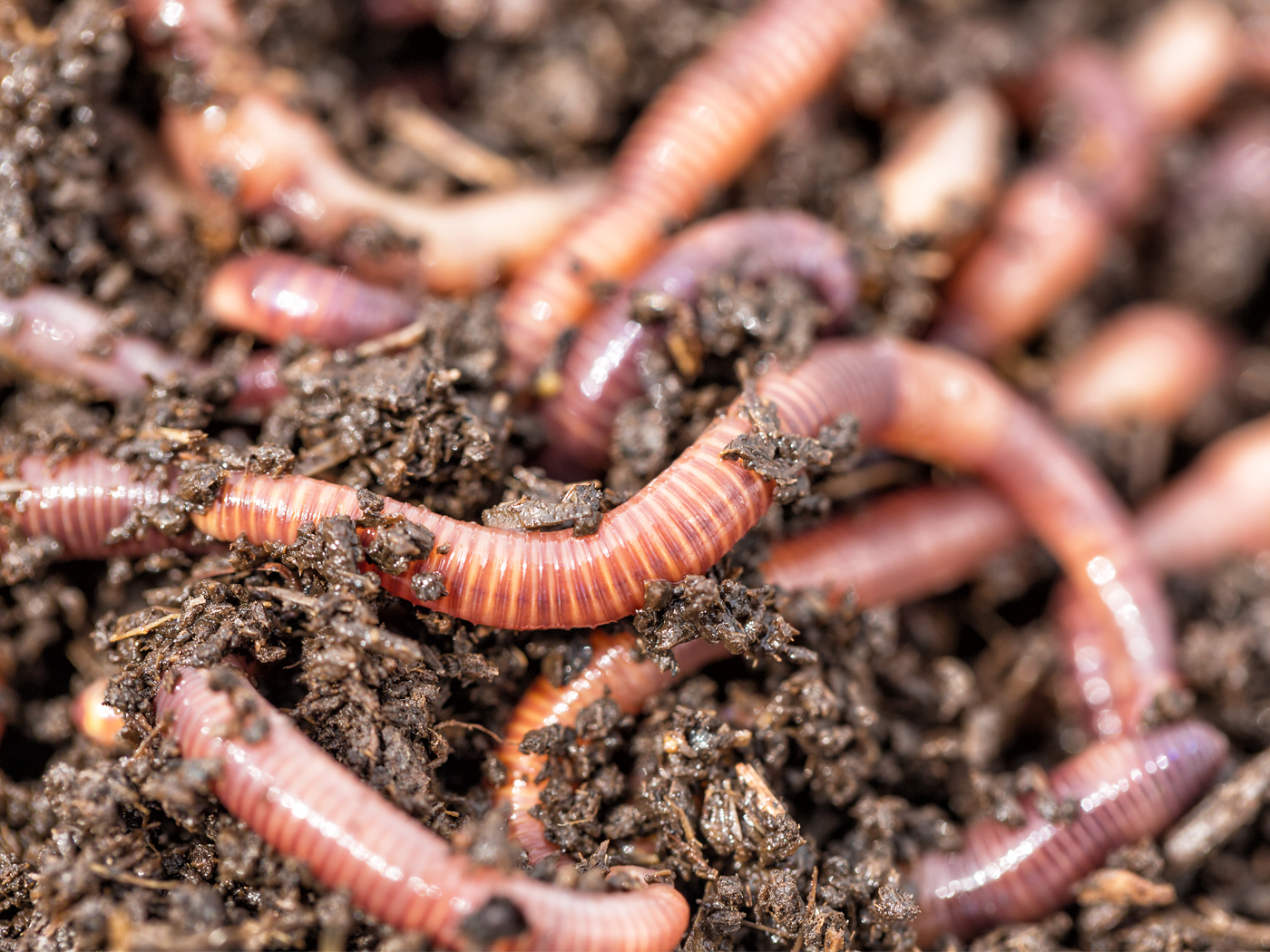Scientists have reported the presence of methane-producing microbes living deep beneath the Siljan impact crater in Sweden.1 Although the researchers stopped short of claiming the impact somehow brought the microbes to Earth, they do assert that impacts can create favorable habitats for colonization.
The 30-mile wide Siljan impact site is ringed by Ordovician and Silurian sediments, including black shales that appear to be source rocks for oil.1 In fact, oil seeps have been known around the crater for hundreds of years, dating back to reports by the great Swedish botanist Carl Linnaeus in 1734.1 Linnaeus University researcher Henrik Drake says,
The impact structure itself, with a ring zone of down-faulted Paleozoic sediments, has been optimal for deep colonization, because organics and hydrocarbons from shales have migrated throughout the fractured crater and have acted as energy sources for the deep microbial communities.2
Essentially, the microbes were consuming the oil and producing methane gasses trapped in the sedimentary layers ringing the crater.
Drake and his colleagues from Linnaeus University used drilling cores as deep as 2,300 feet to find mineralogical evidence of microbial activity at the Siljan site. The impact site in central Sweden is reportedly the largest in Europe, striking the earth during the deposition of the Devonian System.2
The microbes also left behind tell-tale signs of this activity in the composition of the carbonate minerals. Drake also says,
We examined the intensively fractured rock at significant depth in the crater and noted tiny crystals of calcium carbonate and sulphide in the fractures. When we analyzed the chemical composition within these crystals it became clear to us that they formed following microbial activity.2
Is this anything new? Microbes have been found much deeper in the earth than at the Siljan site.
In 2018, the results of a 10-year study involved 1,200 scientists from 52 countries were published. The group found massive quantities of life deep in the subsurface.3 These researchers collected and examined numerous samples from multiple wells drilled over 3.1 miles (16,400 feet) deep.
They estimated that this microscopic ecosystem takes up a volume greater than double the world’s oceans and weighs hundreds of times more than the combined weight of every person on Earth.3 They concluded that about 70% of the Earth’s microbiota (bacteria and archaea) lives in the subsurface at temperatures of up to 250° F.3
With this amount of microbial activity underground, it’s neither shocking nor surprising to find methane produced from biodegraded oil at the Siljan site.
Drake and his colleagues concluded,
The gas compositions corroborate that the gas in the sedimentary reservoir is microbial with contribution from a biodegraded thermogenic end-member linked to thermal maturity of black shales in the sedimentary pile, and perhaps a minor abiotic gas fraction.1
The microbes at the Siljan site are merely doing what God created them to do. They are thriving on the oil produced by the buried marine algae that was deposited during the global Flood. This process results in methane production as a byproduct.
This also affirms that oil cannot be millions of years old and survive underground. Any oil beyond a few thousand years old would be totally degraded or consumed by hungry microbes. Oil simply cannot last millions of years in any natural environment—organic compounds are either eaten or decay relatively quickly.4
Just another piece of evidence that Earth is young—just like Genesis says.
References
1. Drake, H. et al. 2019. Timing and origin of natural gas accumulation in the Siljan impact structure, Sweden. Nature Communications. 10: 4736.
2. Hays, B. 2019. Ancient microbes are living inside Europe’s deepest meteorite crater. UPI. Posted on upi.com on October 18, 2019, accessed December 10, 2019.
3. Watts, J. 2018. Scientists identify vast underground ecosystem containing billions of microorganisms. Posted on theguardian.com on December, 10, 2018, accessed December 13, 2019.
4. Clarey, T. 2013. Oil, Fracking, and a Recent Global Flood. Acts & Facts. 42 (10): 14-15.
Stage image: Siljan lake
*Dr. Clarey is Research Associate at the Institute for Creation Research and earned a Ph.D. in geology from Western Michigan University.


















